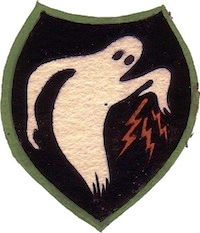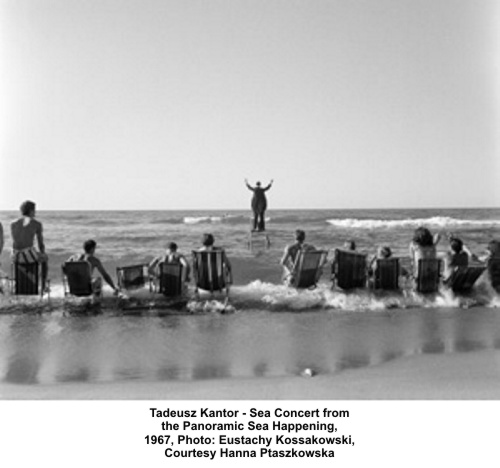Below are two very different yet fantastic examples of perfomative choral music, and each brings entirely different musical and cultural influences to their work. Thea Musgrave and Kui Dong are two of my favorite coposers who work in the avant-garde and yet ancient tradition of giving their musical performers performative cues as part of their musical score. In works such as those below, these composers treat the physical presentation of the music as inseperable from the score itself, yet they present their works in a composed music setting as opposed to a theatrical or otherwise traditionally performative setting — to great effect.
Kui Dong (董葵, born 1966, Beijing, China) is a Chinese-American composer, musician, and teacher. She is known for her music which has often incorporated traditional Chinese music into contemporary contexts, and is currently Professor of Music at Dartmouth College.
Thea Musgrave(b. 27 May 1928) is a Scottishcomposer of opera and classical music. In 1970 she became Guest Professor at the University of California, Santa Barbara, a position which confirmed her increasing involvement with the musical life of the United States, where she has lived since 1972. She has received the Koussevitsky Award (1974) as well as two Guggenheim Fellowships (1974/5 and 1982/3). From 1987 to 2002 she was Distinguished Professor at Queen’s College, City University of New York. She holds honorary degrees from Old Dominion University (Virginia), Glasgow University, Smith College and the New England Conservatoire in Boston. In 2002 she was awarded a CBE in the Queen’s New Year Honours List.


